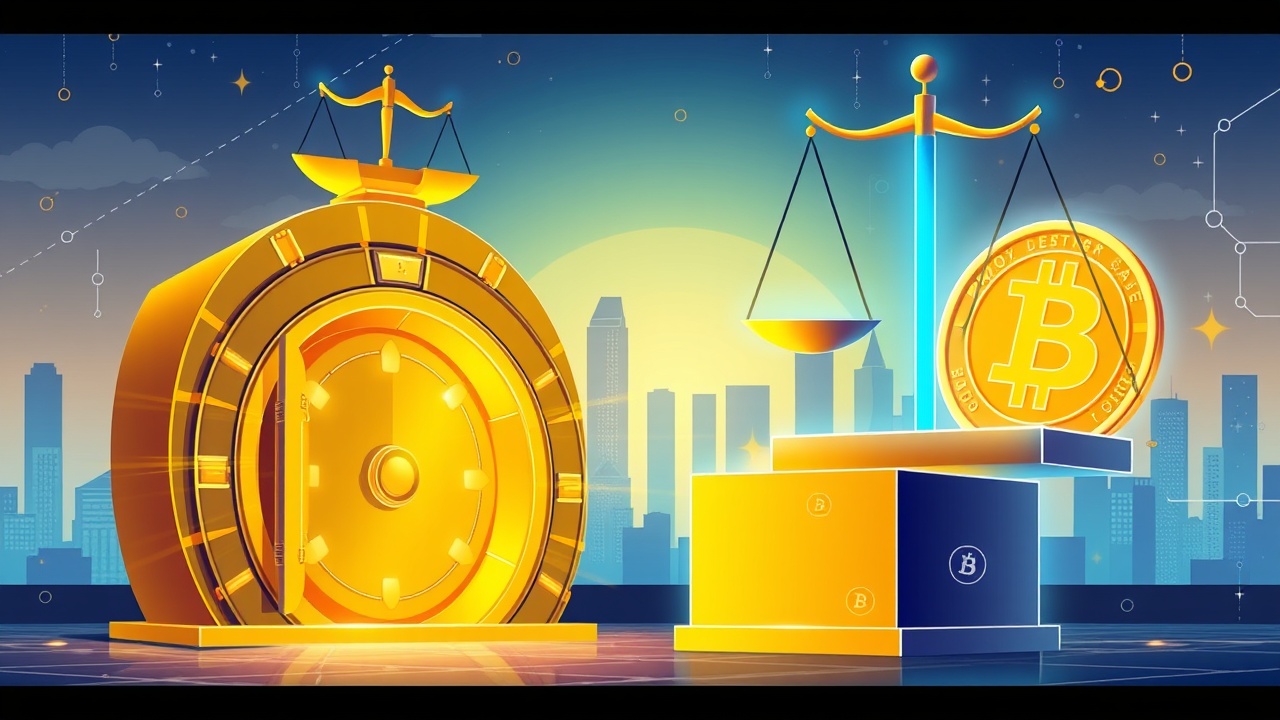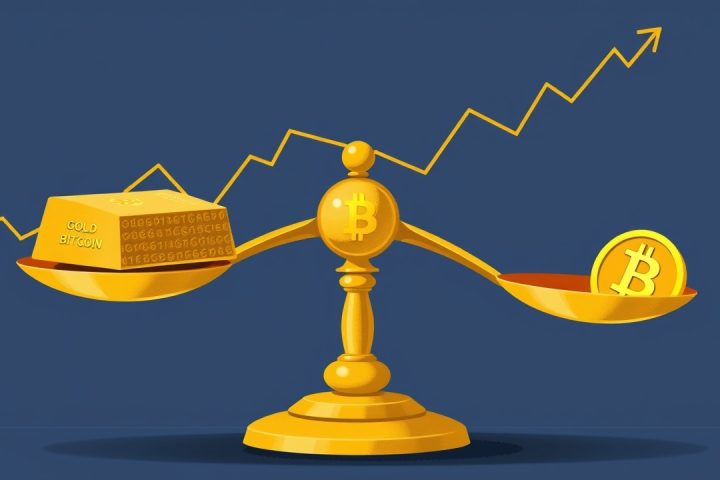Bitcoin’s Potential as a Reserve Asset
A recent report issued by Deutsche Bank projects that within the next ten years, Bitcoin may achieve recognition as a reserve asset in central bank portfolios, potentially sitting alongside gold as a strategic hedge against inflation and geopolitical instability. While gold is anticipated to maintain its dominance in official reserves, Bitcoin’s rise signifies a transformative shift in how digital assets are perceived on the financial stage.
Analysts’ Insights on Bitcoin and Gold
Deutsche Bank analysts emphasized that Bitcoin’s inherent scarcity, akin to that of gold, combined with both assets’ minimal correlation to traditional investment options, positions them as valuable hedging tools. Importantly, the bank also noted that despite Bitcoin’s anticipated ascent as a reserve asset, it is unlikely to supplant the US dollar as the primary global reserve currency. Governments are expected to act in ways that safeguard their currency sovereignty, inhibiting any drastic monetary shifts from established fiat currencies.
The Evolution of Bitcoin’s Role
The bank’s findings suggest that Bitcoin’s journey will mirror that of gold, evolving from initial skepticism to greater acceptance over time. Key factors contributing to this evolution will include increased regulatory clarity and broader macroeconomic trends that encourage investors to diversify beyond conventional assets. As this transition unfolds, Bitcoin may shift from being viewed primarily as a speculative investment toward becoming a recognized pillar of the worldwide financial architecture.




